Strengthening Europe's External Borders: A Comprehensive Approach
The security of Europe's external borders is a key priority for the European Commission. It's at the heart of our migration and security policies, essential for safeguarding freedom of movement within the Schengen area and linked to the way we want to live—secure and free. Over the last five years, our capacity to strengthen our borders has been tested in unprecedented ways.
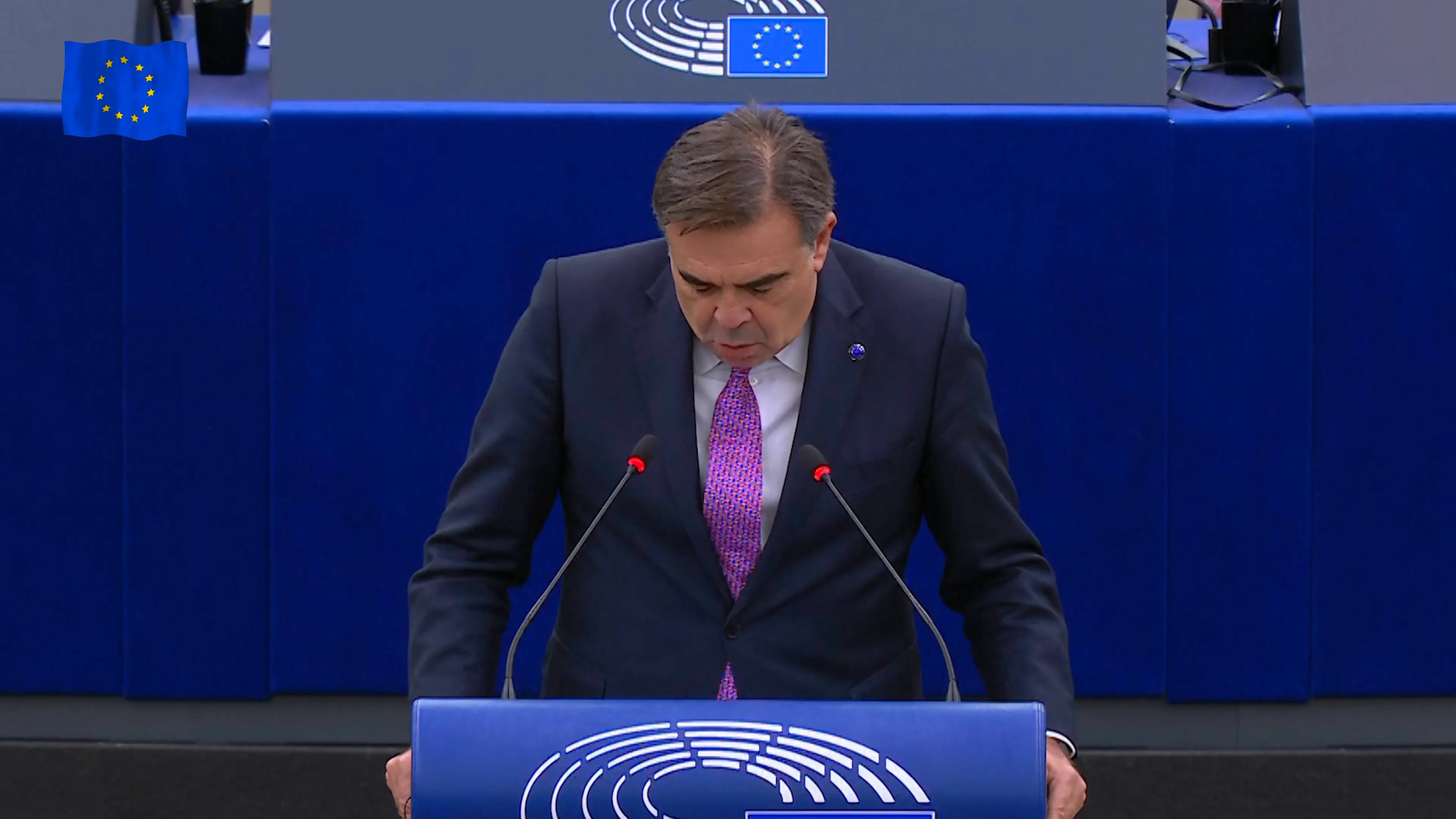
Challenges Faced
These tests have occurred in various locations including:
- Evros
- Labedusa
- Poland, Latvia, and Lithuania's borders with Belarus
- Ceuta
- The Canary Islands
- The Finnish-Russian border
- Cyprus
In response to these challenges, we have acted decisively on both the ground and through regulatory improvements that will benefit future generations.
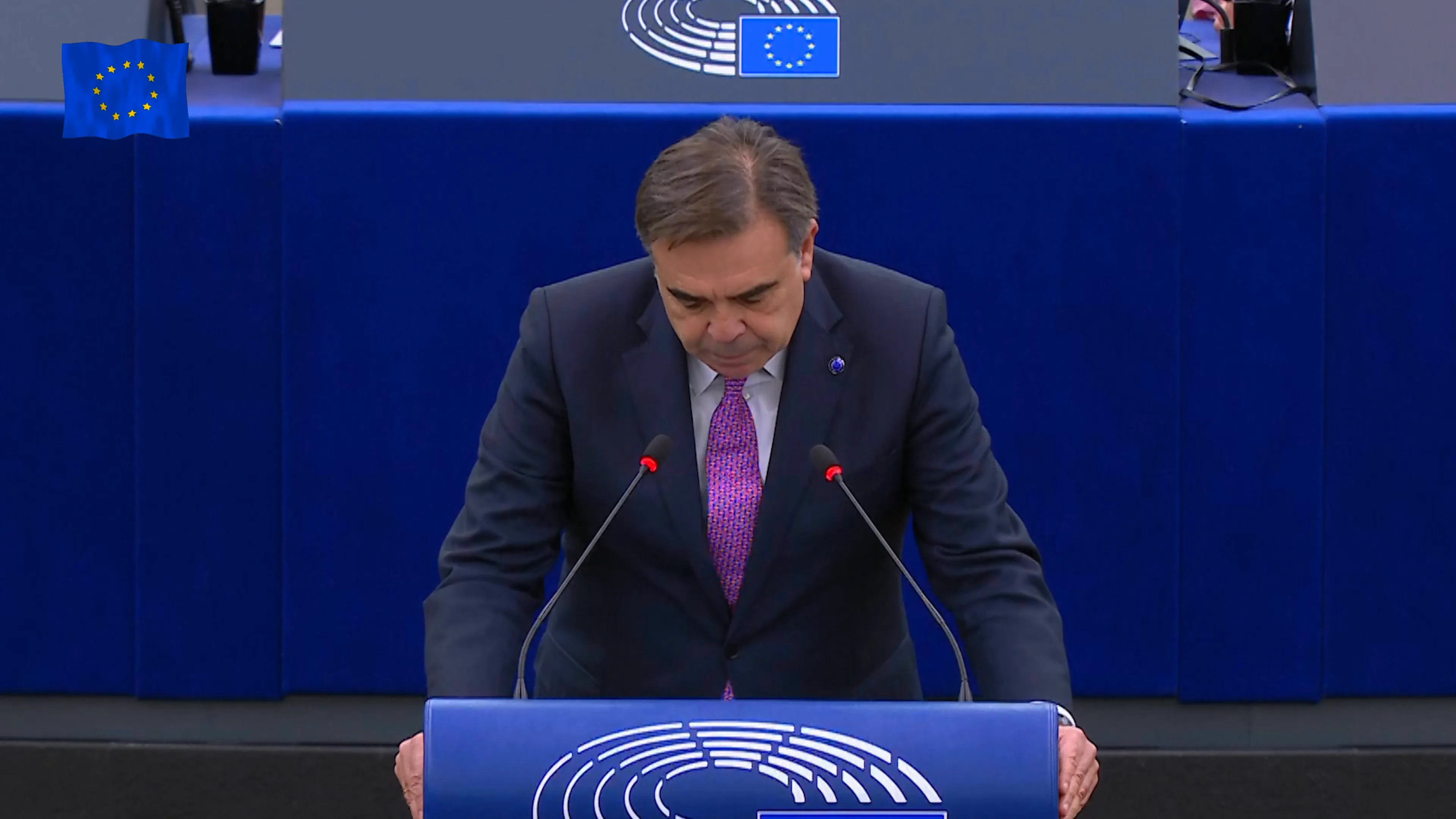
Regulatory Achievements
Let me highlight some of our key regulatory achievements:
- Schengen Borders Code: This code introduces robust checks at our external borders during crises such as pandemics or hybrid threats.
- Migration and Asylum Pact: This flagship regulatory achievement reinforces our preparedness for future situations.
- New Screening Regulation: Establishes clear rules for identifying, registering, and assessing health and security risks of individuals entering the EU.
- Crisis Regulation: Further strengthens our response mechanisms.
- Entry-Exit System: Tracks movements of visa-exempt and visa-holders, helping to monitor overstays.
- European Travel Information and Authorization System (ETIAS): Prescreens visa-exempt travelers before they enter the Schengen area.
- Digitalization of Travel Documents: Streamlines border processes by allowing travelers to submit documents in advance.
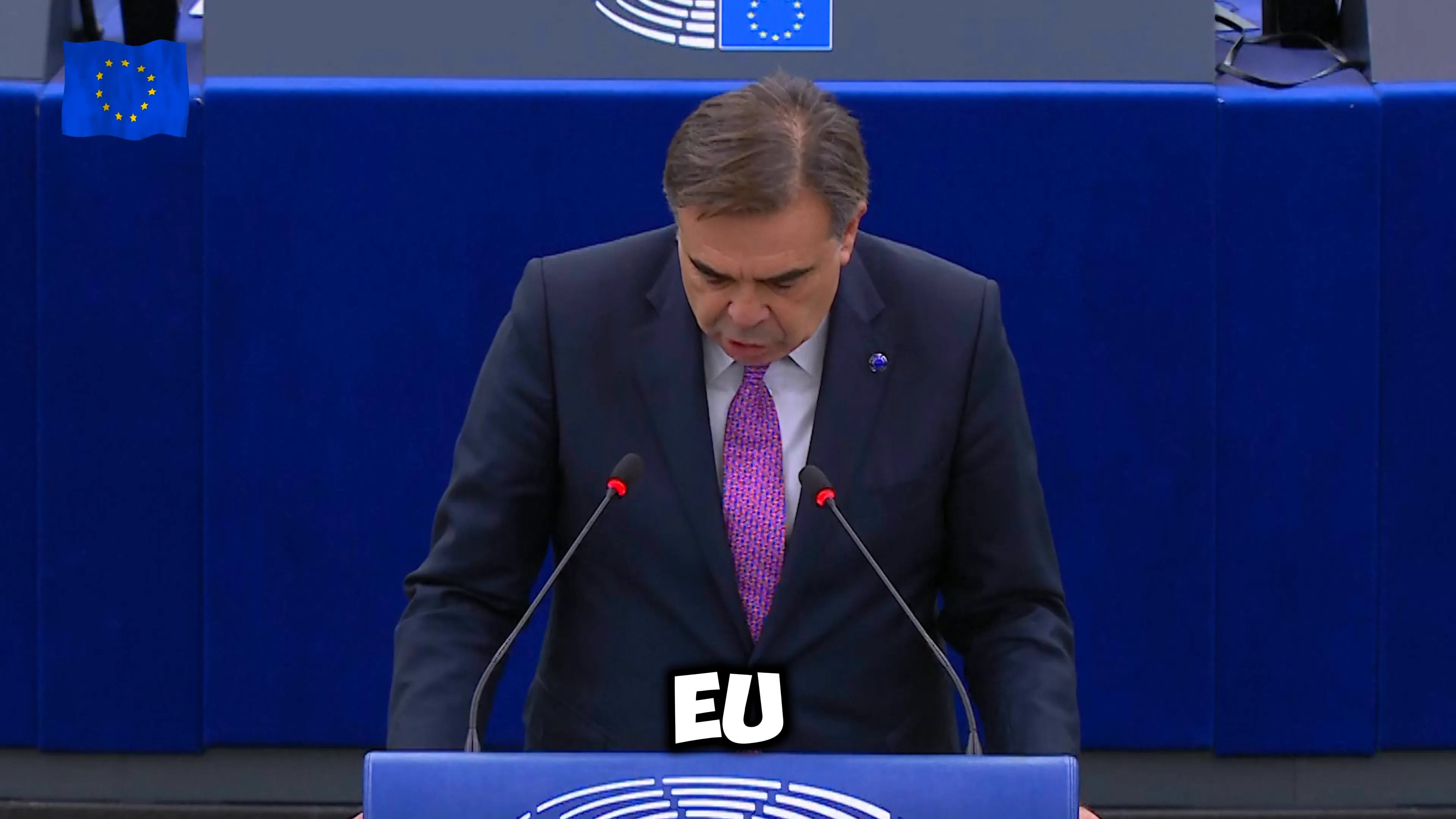
Operational Support
Operational support on the ground is equally important. Our law enforcement agencies, Frontex and Europol, play crucial roles:
- Frontex is building a standing corps of 10,000 officers to support border management and oversee returns from member states to third countries.
- Currently, Frontex has 19 operations ongoing at our external borders, focusing on the eastern land borders and the Mediterranean Sea.
Our president Ursula von der Leyen has proposed tripling the standing corps to 30,000 officers, enhancing our ability to respond to hybrid threats with active participation from all member states.
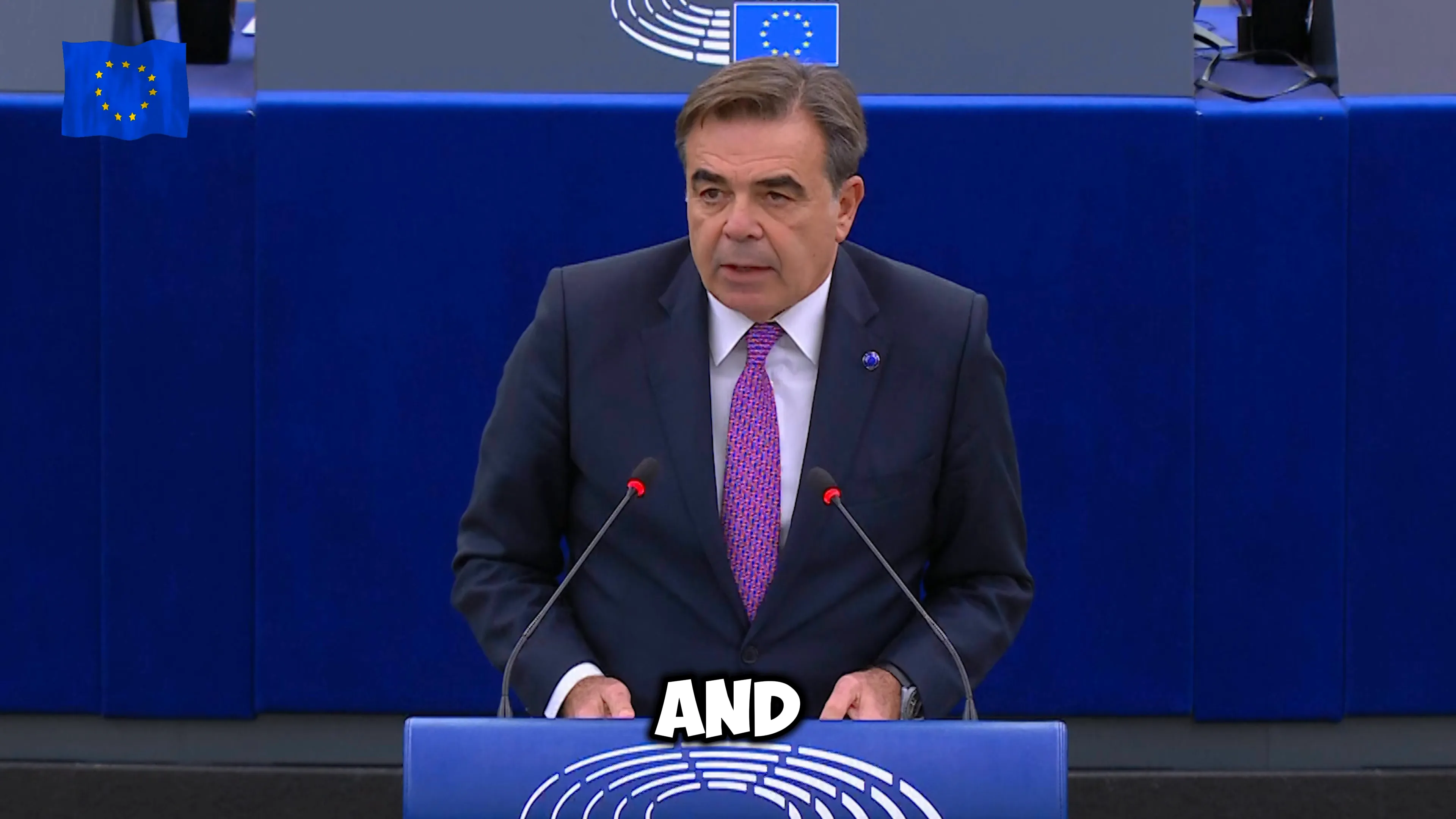
Collaboration and Partnerships
Another vital aspect is building constructive and comprehensive partnerships with countries of origin and transit based on shared interests. This includes areas such as:
- Security
- Investment
- Economic cooperation
- Energy
- Trade
- Erasmus Scholarships
We are mobilizing resources to help these countries provide better living conditions, reducing the need for their citizens to risk their lives with smugglers.

Results and Future Directions
Positive results are already evident along the central Mediterranean route, particularly through cooperation with Tunisia and Egypt, as well as strengthening ties with Mauritania and Senegal for rescue operations and border management.
Last year, we launched a global alliance to counter migrant smuggling, establishing operational partnerships with Morocco and Tunisia, and are working on other routes. This impressive work along both operational and regulatory tracks has made significant progress in securing our borders.
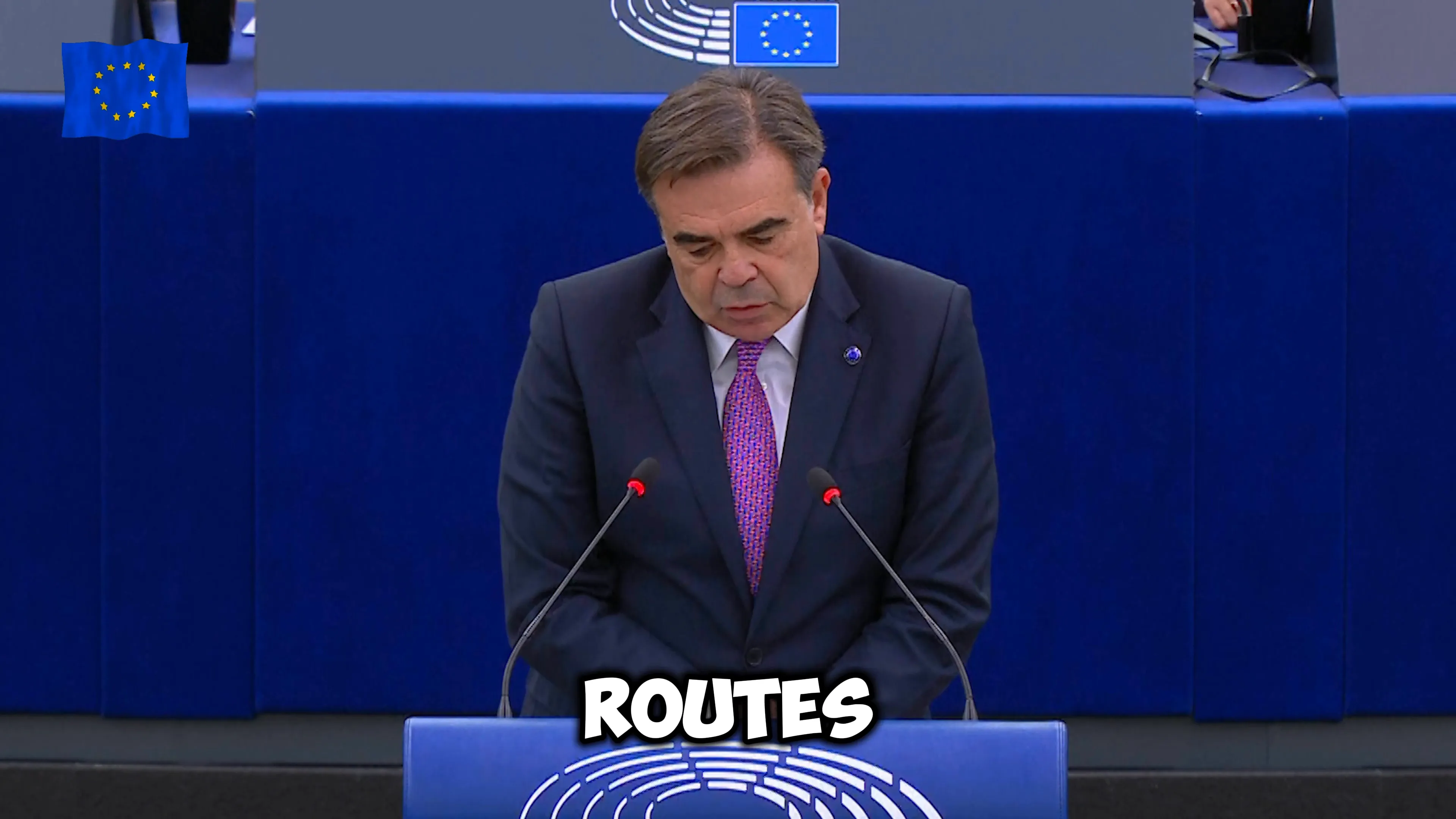
Conclusion
In conclusion, as we modernize our capacities through digital systems and strengthen our partnerships, we remain vigilant and continue to push for a stronger, more agile response to evolving threats at our external borders. We count on the support of the European Parliament to assist us in these vital efforts.
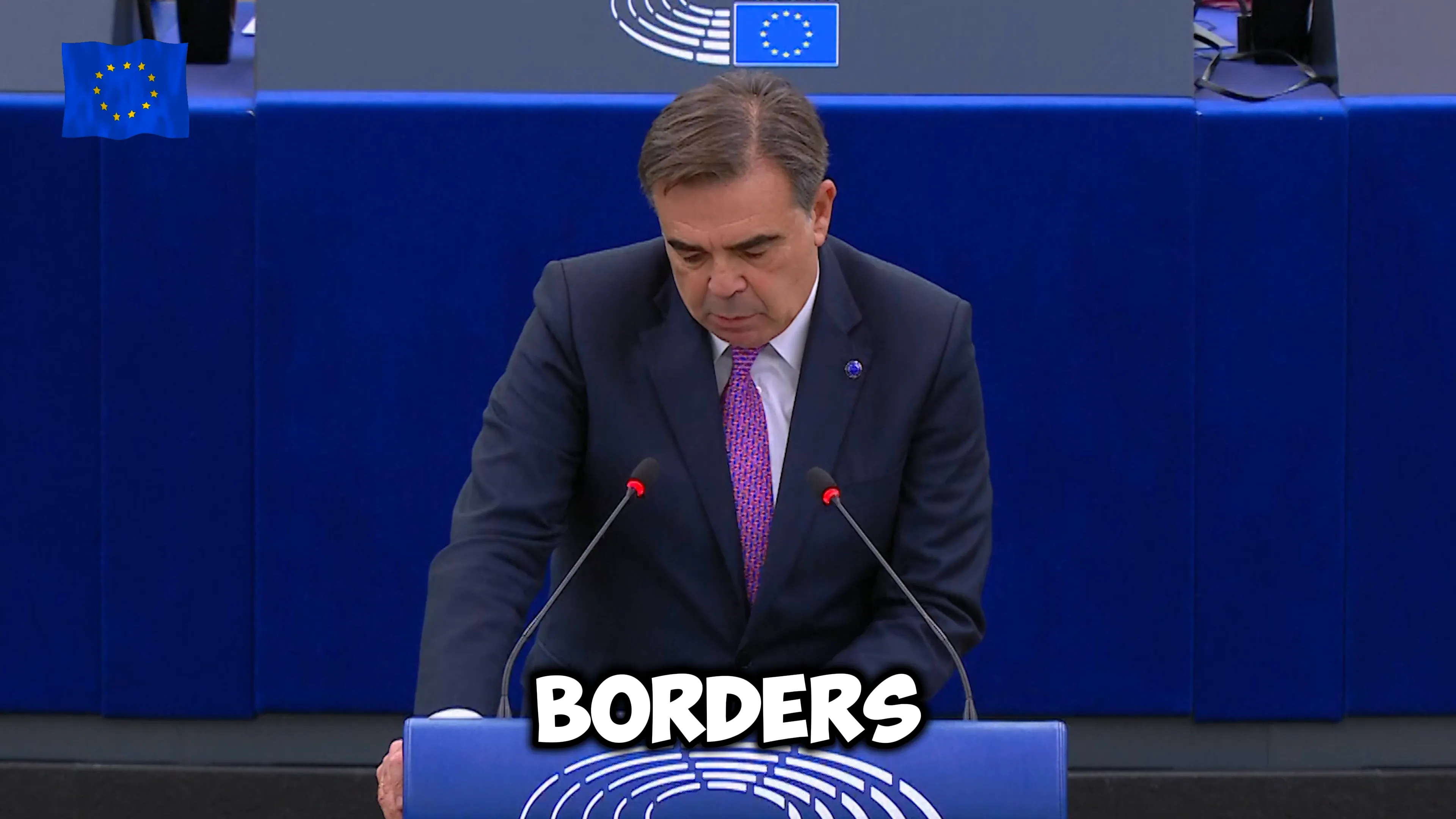

Leave a Comment